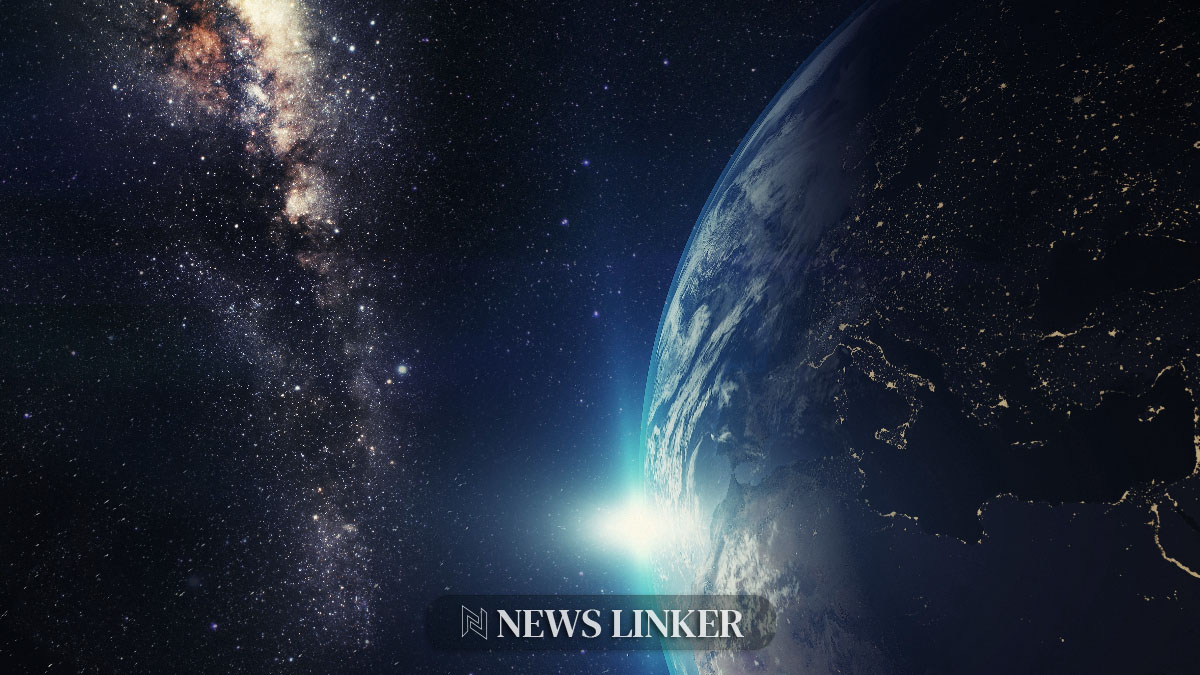A remarkable image captured on April 26, 2024, from the International Space Station (ISS) showcases the waning gibbous moon against the vast darkness of space. The photograph highlights the beauty of the lunar phase as seen from 270 miles above the Earth, capturing the blend of scientific observation and natural wonder inherent in space exploration. This image not only illustrates the moon’s changing appearance but also emphasizes the ongoing efforts in astronomical documentation by the ISS crew.
The concept of lunar phases has fascinated humanity for centuries. Historically, different cultures have used the moon’s cycles for timekeeping and agricultural planning. The waning gibbous phase, occurring after the full moon, plays a critical role in various lunar calendars. Modern technology, particularly via the ISS, has allowed for more precise and frequent documentation of these phases, thus providing a better understanding of our celestial neighbor. This technological advancement has enabled continuous observation and a deeper insight into the moon’s behavior and its impact on Earth.
Advances in space photography have significantly improved the quality of lunar images. Earlier images of the moon taken from Earth were limited by atmospheric distortions. However, pictures taken from space, free from atmospheric interference, reveal stunning details and offer a clearer view of the lunar surface. The image taken by the ISS is a testament to these technological improvements, offering a crisp and unobstructed view of the moon’s features. This progress underscores the importance of space-based platforms in enhancing our understanding of astronomical phenomena.
The Waning Gibbous Phase
The waning gibbous moon is one of the eight distinct phases of the lunar cycle. Following the full moon, the visible portion of the moon decreases as it progresses towards the new moon. This phase is characterized by the shrinking of the illuminated part of the moon, a result of the moon’s orbit around Earth. The phenomenon occurs because the sunlight reflecting off the moon is gradually obscured as the moon moves closer to the sun from our vantage point on Earth.
Importance of Lunar Observations
Continuous observation of the moon’s phases is crucial for various scientific and practical applications. For astronomers, tracking these phases aids in understanding lunar behavior and its effects on Earth. Additionally, it assists in planning missions and experiments conducted on or near the moon. For the general public, lunar observations can enhance educational experiences and foster a deeper appreciation for astronomical science. NASA‘s interactive lunar map is a valuable tool for enthusiasts to observe and learn about the moon’s phases throughout the year.
Key Takeaways
– The waning gibbous moon follows the full moon and precedes the last quarter.
– Space photography from the ISS provides high-quality lunar images free from atmospheric distortion.
– Continuous lunar observation is vital for scientific research and public education.
The ongoing documentation and study of the moon’s phases remain an essential aspect of our understanding of the solar system. The image from April 2024 highlights not only the beauty of the waning gibbous moon but also the advancements in space observation technology. The ability to capture such detailed images from the ISS has significantly contributed to our knowledge and appreciation of lunar phenomena. For researchers, these images offer data critical to exploring lunar characteristics and planning future missions. For the public, they provide a glimpse into the intricate dance of celestial bodies that govern our sky.










